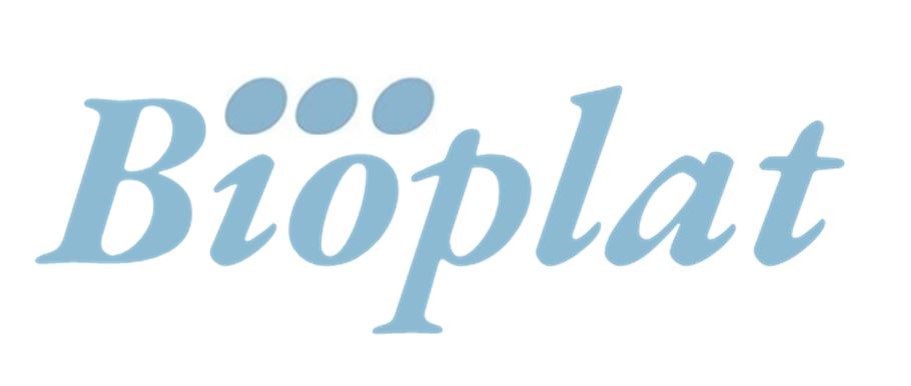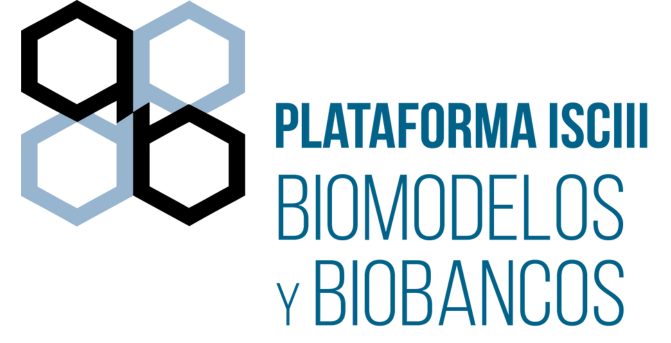Bioplat
The BioPlat platform, under the Instituto de Salud Carlos III, consists of different units working together to offer animal models, organoids, and 3D prints.
Veterinary Unit: Uses animal models applying the 3R criteria in housing, handling, and procedures to improve welfare and results.
Histology and Immunohistochemistry: Performs histological and immunohistochemical characterization of the platform’s biomodels.
Transgenesis and Cryopreservation Unit: Offers generation, genetic manipulation, and preservation of genetically modified mouse lines used as models in biomedical research.
Nanomedicine Unit (UCM): Designs, characterizes physicochemically, validates in vitro (2D and 3D models) and in vivo a wide range of multifunctional nanomaterials for application in therapy, diagnosis (by multimodal molecular imaging), or theranosis of various diseases.
Advanced Optical Microscopy Unit: Mainly provides services in optical microscopy technologies, including experimental design, image capture and analysis, and post-processing of obtained data.
Immunology: Develops antibodies and immunoassays.
Organoids and 3D Models Unit: Generates/characterizes brain organoids and human epidermal equivalents.
Services
SERVICES
- Veterinary Unit
-Ventilated rack for mice in barrier or contained area
-Ventilated rack for hamsters in barrier or contained area
-Conventional rack for two hamsters
-Independent cage for rabbits with conventional status
-Cage for two guinea pigs with conventional status
- Histology and Immunohistochemistry Unit
Processing and preparation of paraffin blocks
Processing and preparation of paraffin blocks for organoids
Paraffin block cutting
H&E staining
Masson’s trichrome staining
Methenamine silver staining
Perls’ staining
PAS staining
Other stains
Bichromatic immunohistochemistry (with polymer, antibody not included)
Simple or double immunofluorescence (antibody not included)
- Transgenesis and Cryopreservation Unit
Cryopreservation of mouse embryos
Embryo transfer in mice
Storage of cryopreserved mouse embryos in a liquid nitrogen tank
CRISPR-mediated generation of KO and KI mouse models
Cryopreservation and validation of a mouse line in the form of embryos
Revitalization of a mouse line from frozen embryos
- Nanomedicine Unit (UCM)
Nanomaterial
-Design, synthesis, and physicochemical characterization of multifunctional nanovectors (lipidic, metallic, or siliceous)
-Synthesis of lipidic or polymeric nanoparticles by microfluidics
In vivo
-Generation of tumor model (orthotopic and ectopic) by cell inoculation with Matrigel. NOD-SCID mouse line
-IV drug administration
-Monitoring tumor development and therapeutic treatment (tumor volume measurement, body weight, and biochemistry)
-Animal handling for multimodal molecular imaging
-Complete necropsy
-Collection of material for paraffin
-IVIS imaging
-IVIS processing, quantification, and analysis
In vitro (2D/3D)
-2D and/or 3D cell culture
-In vitro toxicity assays (MTT)
-In vitro toxicity assays (Apoptosis)
-Cellular internalization assay of nanodrug: by confocal
-Cellular internalization assay of nanodrug: by TEM
-Cellular internalization assay of nanodrug: by pharmacological competition
-Cell migration assay (Wound Healing)
-Preparation of cells for administration
-Growth of cells for administration
-Hemocompatibility assay: hemolysis
-Protein characterization (SDS-PAGE, WB, Proteomics)
-Protein concentration determination
General
-Report preparation and result summary
-Technical staff
-Responsible/scientific staff
-Technical staff (outside hours)
-Responsible/scientific staff (outside hours)
- Advanced Optical Microscopy Unit
Equipment
-Leica Stellaris spectral and super-resolution confocal microscope (STED)
-Leica TCS SP5 spectral confocal microscope with live cell incubation system
-Live cell fluorescence platform with computational clearing Leica Thunder
-Nanolive holographic tomography imaging microscope
-High Content Screening platform Operetta
Service
-Advice on experimental design and sample preparation (selection of suitable fluorochromes, staining protocols, etc.)
-Data and image management and delivery
-Image and data analysis
- Immunology Unit
-Immunogen design
-Polyclonal antibody production
-Monoclonal antibody production
-Immunization
-Cell fusion, selection, and cloning by limiting dilution
-Hybridoma growth and cryopreservation
-Other selection immunoassays
-Antibody purification
-Antibody labeling
-Antibody sequencing
-Immunoassay design
- Organoids and 3D Models Unit
Brain Organoids
-Scientific and technical advice for brain organoid generation
-Training and teaching in techniques for obtaining and characterizing these cultures
-Generation of brain organoids from hESCs or hiPSCs
-Cellular, molecular, and functional characterization of these organoids. Quality control
-Techniques used: IHC, “whole mount,” electron microscopy, RT-qPCR, RNAseq, single-cell RNAseq, proteomics, and functional analyses
-Other consultations, services, and rates contact
Human Epidermal Equivalents
-Construction of epidermal equivalents from human keratinocytes
-Cellular and molecular characterization of human keratinocytes
-General skin physiology assays (barrier and immune function)
-Toxicological assays on human epidermal equivalents

